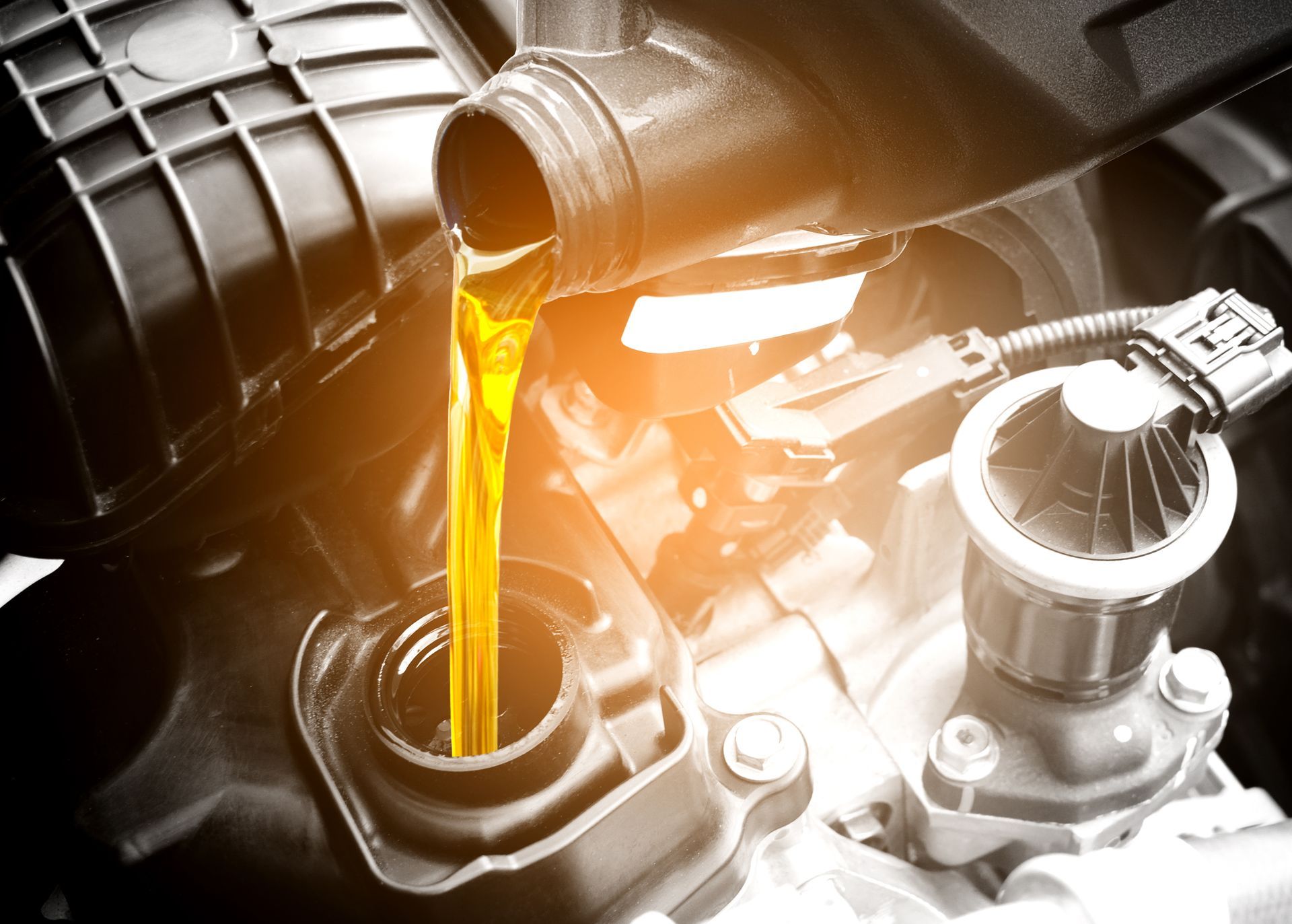Discover expert AC repair & service in Palmer, AK at Edmonds Import Auto. Ensure a smooth ride with our skilled technicians. Schedule an online appointment now.
Discover expert tires sales & services at Edmonds Import Auto in Palmer, AK. Enhance your driving safety and performance. Visit us today!
Ensure your vehicle runs smoothly with expert timing belt replacement by Edmonds Import Auto in Palmer, AK. Call us today for top-notch automotive care!
Discover expert suspension & steering repair at Edmonds Import Auto in Palmer, AK. Trustworthy service and advice await. Visit us today!
Efficient diesel repair & service in Palmer, AK at Edmonds Import Auto. Expert care for all diesel engines. Schedule an online appointment now!









